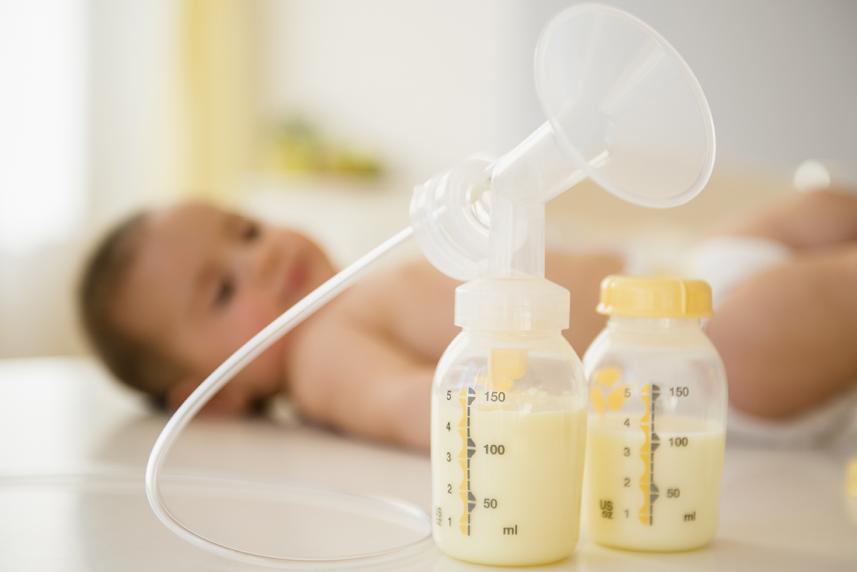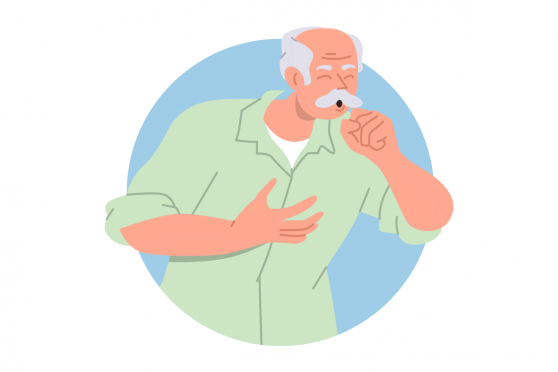Tips to keep your breast pump clean
Use these best practices for washing and drying your breast pump parts

On top of everything else that new parents have to handle, keeping the various parts of a breast pump clean can feel like a part-time job in and of itself. But with a little planning and a clear routine, you'll have no trouble following the recent, safer guidelines from the Centers for Disease Control and Prevention (CDC).
"It used to be common practice to advise parents to wash breast pump parts once a day and store them in the refrigerator between uses," explains Sara D. Newman, an international board-certified lactation consultant. "However, the CDC revised these rules due to the chance of infection. And, while the risk of contaminated milk may be small, the best practice—and the revised rule—is to wash the pump parts thoroughly between uses."
Here are the simplest ways to do just that:
- Have tools you use exclusively for cleaning. A handy, well-shaped brush made specifically for cleaning the nooks and crannies of pump parts can be a big time-saver. Look for one big “pump brush” that comes with smaller inserts for hard-to-reach areas. In addition, using a dedicated colander to rinse the parts (any kind will do) ensures that your pump remains hygienic.
- Keep things clean. Wash your hands well with soap and water for 20 seconds before you pump and inspect your pump kit before every use for soiled tubing—and if that happens, that warrants getting a replacement. If you're sharing a pump with someone, or if there’s a communal pump that other women in the office use, wipe down the dials and other outside parts with a disinfectant wipe before and after each time you use it.
- Don’t be afraid to use the dishwasher. Dishwasher-safe pump parts are easy to clean—just put them in the dishwasher! Take the pieces apart and run them through a hot water and heated dry, or a sanitize cycle. Remember to wash your hands before removing the parts from the dishwasher. If the parts are still wet after they’ve been run through the dishwasher, let them air dry on a clean, unused dish towel or paper towel, as hand-drying can often spread germs.
- For non-dishwasher safe varieties, stick to a hot, soapy scrub. If you aren't using a dishwasher-safe pump, scrub the parts one by one with hot, soapy water and a brush used exclusively for pump parts (you can buy a brush made for this purpose, or find one that works well and employ it in this way). Then you can rinse them through your dedicated breast pump cleaning colander (don't put pump parts directly into the sink—germs linger there).
- Have a dedicated drying spot. Kitchens are busy places with lots of activity, so it’s important to find a place for your pump parts to dry— and where they won’t be knocked to the floor or splattered by food prep. Try an up-high spot or a clean, lined drawer.
- Optimize your office space. Working parents at the office might need a different setup. "The easiest thing to do is to have duplicate pump parts, although that can be expensive," acknowledges Newman. You can wash parts in an office sink, but if you’re worried about bumping up against co-worker’s coffee cups, there are also hygienic wipes made especially for cleaning pump parts on the go. Remember to scope out a location where parts can air dry, and a clean, protected place to store them (as well as your brush and colander, which should also be cleaned every few days) after drying. “A clean dishtowel in a filing cabinet or a cleared-out desk drawer can serve as a drying rack when space is at a premium,” notes Newman.
The keys to easy breast pump cleaning—even under the recent, more stringent CDC guidelines—are clear: Prep with a hand washing, have a few exclusive-use tools, and select a dedicated drying spot.



